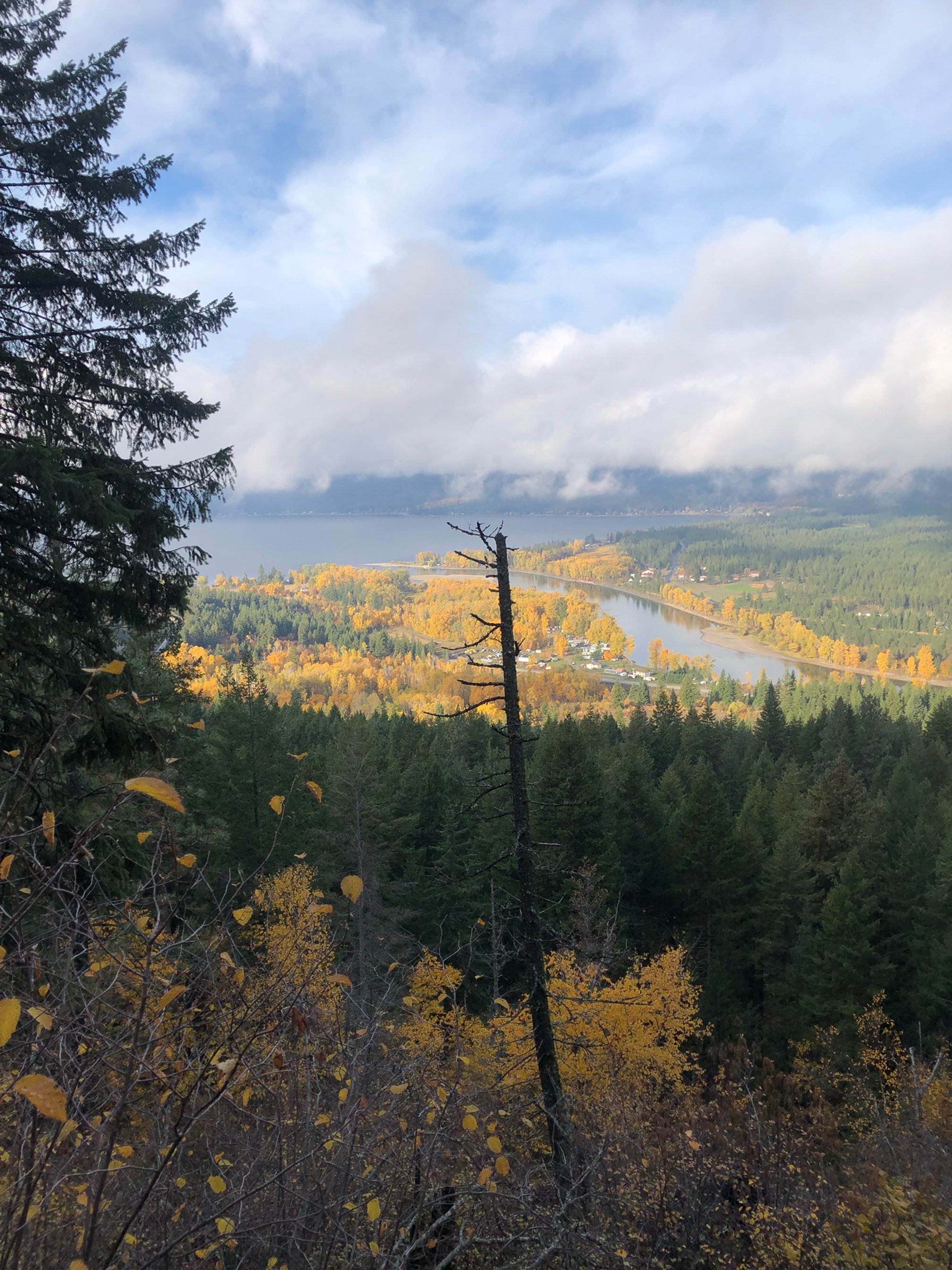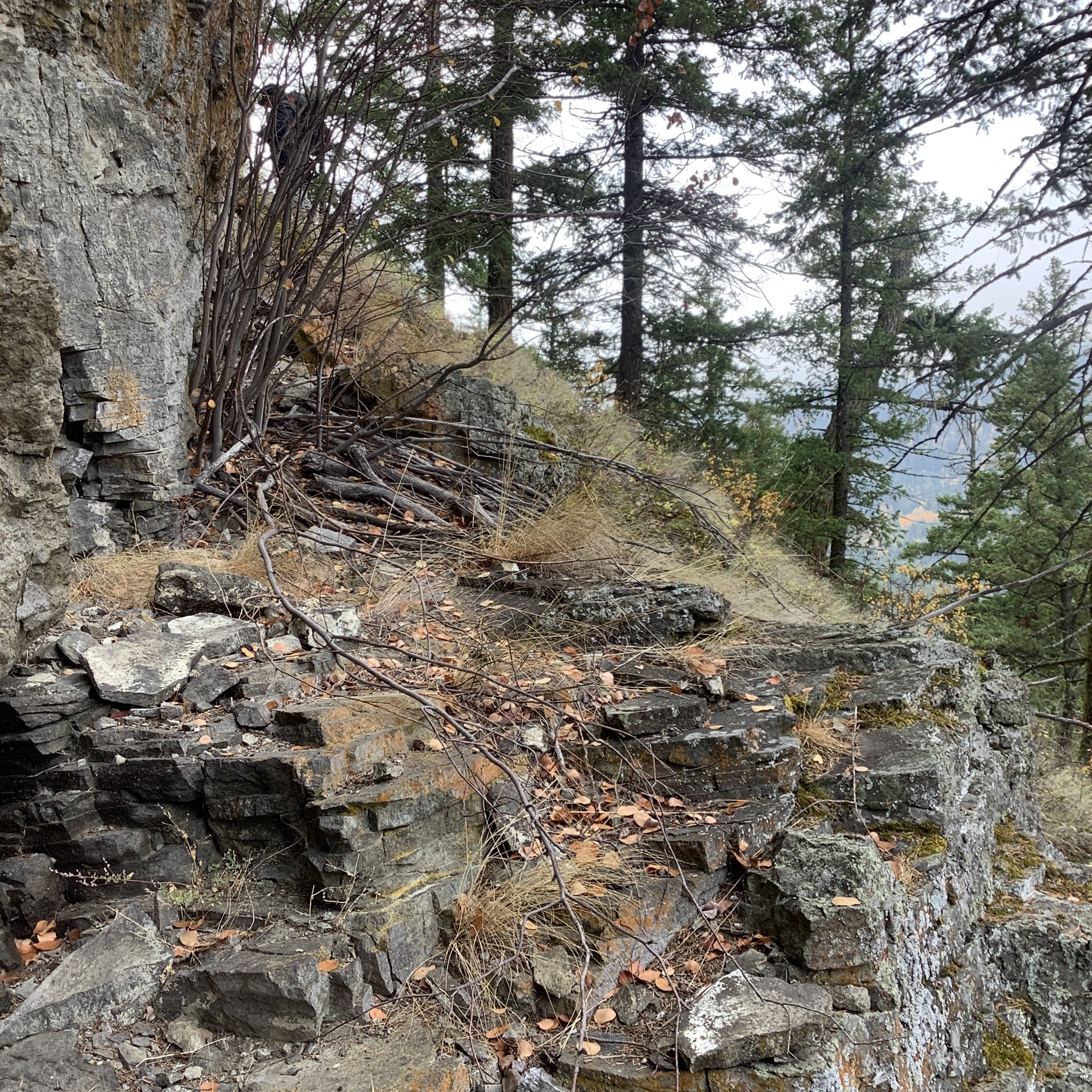Archaeology is a discipline focused on the material remains left behind by people in the past. Except on rare occasions, such as waterlogged or permafrost conditions, the majority of organic items used in the past do not preserve. Typically, all that is left after thousands of years in the ground are stone, bone, or shell artifacts. As a result, these items have become the source of much archaeological research and attention.
Apart from portable items manufactured by people, archaeology also focusses on unmovable features created or modified intentionally by humans, such as the remains of semi-subterranean pithouses, fire pits, hunting blinds, fish weirs, rock paintings, or bark-stripped trees. All of these various site types are relatively easy to comprehend and understand – these are physical items that can be easily documented, measured, photographed, and described.
As archaeologists we are trained to analyze the material remains left behind by past people, but just focusing on the few physical items that happen to preserve in the earth after millennia is missing a large part of the picture. Not all significant places on the landscape have a tangible component that can be quantified and classified. The material remains we find scattered across the province and registered as archaeology sites with the BC Archaeology Branch need to be considered and understood within the whole landscape.
Non-Indigenous British Columbians have a very short history in this province, five or six generations at the very most. Nevertheless, we can all collectively understand the importance of place in this beautiful province. Many can relate to special mountain tops, hiking trails, or lake views that are significant to you and your family due to shared experiences and memories at these locations. These places contribute to a sense of place and self. We often react strongly when these places are destroyed through developments because those locations were significant and meaningful to us personally.
This is a challenging aspect of the past for archaeologists to capture – the important places on the landscape to Indigenous communities that don’t necessarily contain material evidence that they were visited or used in the past. There might not be obvious traces left behind from past visitors, yet these locations are an integral part of the past and present cultural landscape and were and are important to Indigenous communities today. These places may be associated with origin stories, significant past events, ceremonial activities, or spiritual places. With the focus on physical remains in archaeology, capturing these intangible places and understanding their significance is not an easy feat. Nevertheless, excluding these locations and sites from research projects limits the understanding and interpretation of the past.
The Heritage Conservation Act is the legislation that protects archaeology sites in BC. Although the emphasis is weighted on the tangible (i.e., physical remains left behind by people in the past) significant places can be afforded protection. The system isn’t perfect and getting protection for a place is much more challenging than the automatic protection provided to artifacts. The most promising avenue is for Indigenous-led research and archaeology projects to document these locations on the landscape and advocate for not only their significance, but their right to be preserved and protected.
There is a shift toward this movement globally and within Canada. For instance, earlier this year the Muteshekau Shipu (Magpie River) in Quebec was granted legal personhood. This new legal status, the first of its kind in Canada to be provided to a natural entity, was granted by the local Indigenous communities and will ensure the river is protected for future generations. Protecting significant, and at times intangible, places on the landscape enriches the interpretation of the past while preserving these irreplaceable locations for the future.




